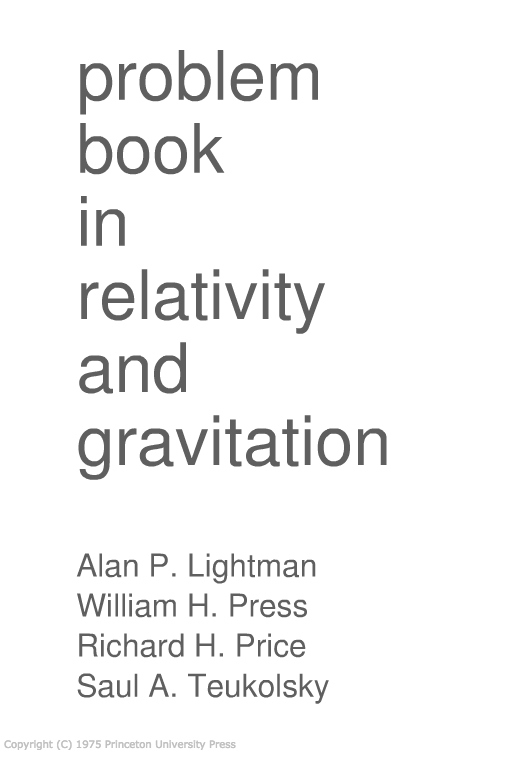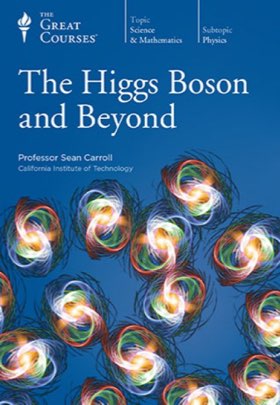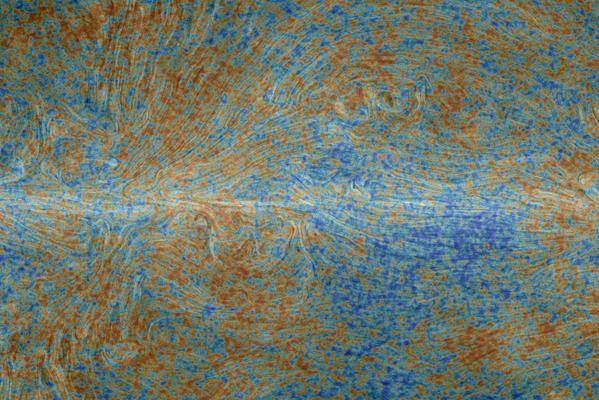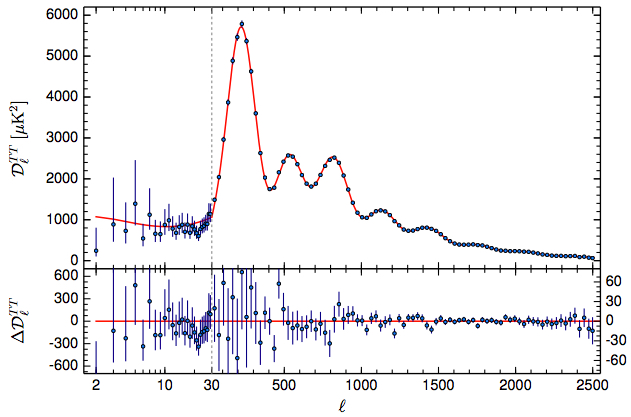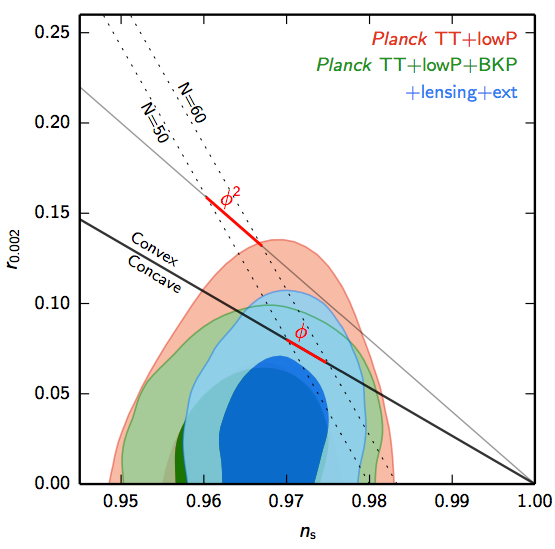Longtime readers know that I’ve made a bit of an effort to help people understand, and perhaps even grow to respect, the Everett or Many-Worlds Interpretation of Quantum Mechanics (MWI) . I’ve even written papers about it. It’s a controversial idea and far from firmly established, but it’s a serious one, and deserves serious discussion.
Which is why I become sad when people continue to misunderstand it. And even sadder when they misunderstand it for what are — let’s face it — obviously wrong reasons. The particular objection I’m thinking of is:
MWI is not a good theory because it’s not testable.
It has appeared recently in this article by Philip Ball — an essay whose snidely aggressive tone is matched only by the consistency with which it is off-base. Worst of all, the piece actually quotes me, explaining why the objection is wrong. So clearly I am either being too obscure, or too polite.
I suspect that almost everyone who makes this objection doesn’t understand MWI at all. This is me trying to be generous, because that’s the only reason I can think of why one would make it. In particular, if you were under the impression that MWI postulated a huge number of unobservable worlds, then you would be perfectly in your rights to make that objection. So I have to think that the objectors actually are under that impression.
An impression that is completely incorrect. The MWI does not postulate a huge number of unobservable worlds, misleading name notwithstanding. (One reason many of us like to call it “Everettian Quantum Mechanics” instead of “Many-Worlds.”)
Now, MWI certainly does predict the existence of a huge number of unobservable worlds. But it doesn’t postulate them. It derives them, from what it does postulate. And the actual postulates of the theory are quite simple indeed:
- The world is described by a quantum state, which is an element of a kind of vector space known as Hilbert space.
- The quantum state evolves through time in accordance with the Schrödinger equation, with some particular Hamiltonian.
That is, as they say, it. Notice you don’t see anything about worlds in there. The worlds are there whether you like it or not, sitting in Hilbert space, waiting to see whether they become actualized in the course of the evolution. Notice, also, that these postulates are eminently testable — indeed, even falsifiable! And once you make them (and you accept an appropriate “past hypothesis,” just as in statistical mechanics, and are considering a sufficiently richly-interacting system), the worlds happen automatically.
Given that, you can see why the objection is dispiritingly wrong-headed. You don’t hold it against a theory if it makes some predictions that can’t be tested. Every theory does that. You don’t object to general relativity because you can’t be absolutely sure that Einstein’s equation was holding true at some particular event a billion light years away. This distinction between what is postulated (which should be testable) and everything that is derived (which clearly need not be) seems pretty straightforward to me, but is a favorite thing for people to get confused about.
Ah, but the MWI-naysayers say (as Ball actually does say), but every version of quantum mechanics has those two postulates or something like them, so testing them doesn’t really test MWI. So what? If you have a different version of QM (perhaps what Ted Bunn has called a “disappearing-world” interpretation), it must somehow differ from MWI, presumably by either changing the above postulates or adding to them. And in that case, if your theory is well-posed, we can very readily test those proposed changes. In a dynamical-collapse theory, for example, the wave function does not simply evolve according to the Schrödinger equation; it occasionally collapses (duh) in a nonlinear and possibly stochastic fashion. And we can absolutely look for experimental signatures of that deviation, thereby testing the relative adequacy of MWI vs. your collapse theory. Likewise in hidden-variable theories, one could actually experimentally determine the existence of the new variables. Now, it’s true, any such competitor to MWI probably has a limit in which the deviations are very hard to discern — it had better, because so far every experiment is completely compatible with the above two axioms. But that’s hardly the MWI’s fault; just the opposite.
The people who object to MWI because of all those unobservable worlds aren’t really objecting to MWI at all; they just don’t like and/or understand quantum mechanics. Hilbert space is big, regardless of one’s personal feelings on the matter.
Which saddens me, as an MWI proponent, because I am very quick to admit that there are potentially quite good objections to MWI, and I would much rather spend my time discussing those, rather than the silly ones. Despite my efforts and those of others, it’s certainly possible that we don’t have the right understanding of probability in the theory, or why it’s a theory of probability at all. Similarly, despite the efforts of Zurek and others, we don’t have an absolutely airtight understanding of why we see apparent collapses into certain states and not others. Heck, you might be unconvinced that the above postulates really do lead to the existence of distinct worlds, despite the standard decoherence analysis; that would be great, I’d love to see the argument, it might lead to a productive scientific conversation. Should we be worried that decoherence is only an approximate process? How do we pick out quasi-classical realms and histories? Do we, in fact, need a bit more structure than the bare-bones axioms listed above, perhaps something that picks out a preferred set of observables?
All good questions to talk about! Maybe someday the public discourse about MWI will catch up with the discussion that experts have among themselves, evolve past self-congratulatory sneering about all those unobservable worlds, and share in the real pleasure of talking about the issues that matter.



